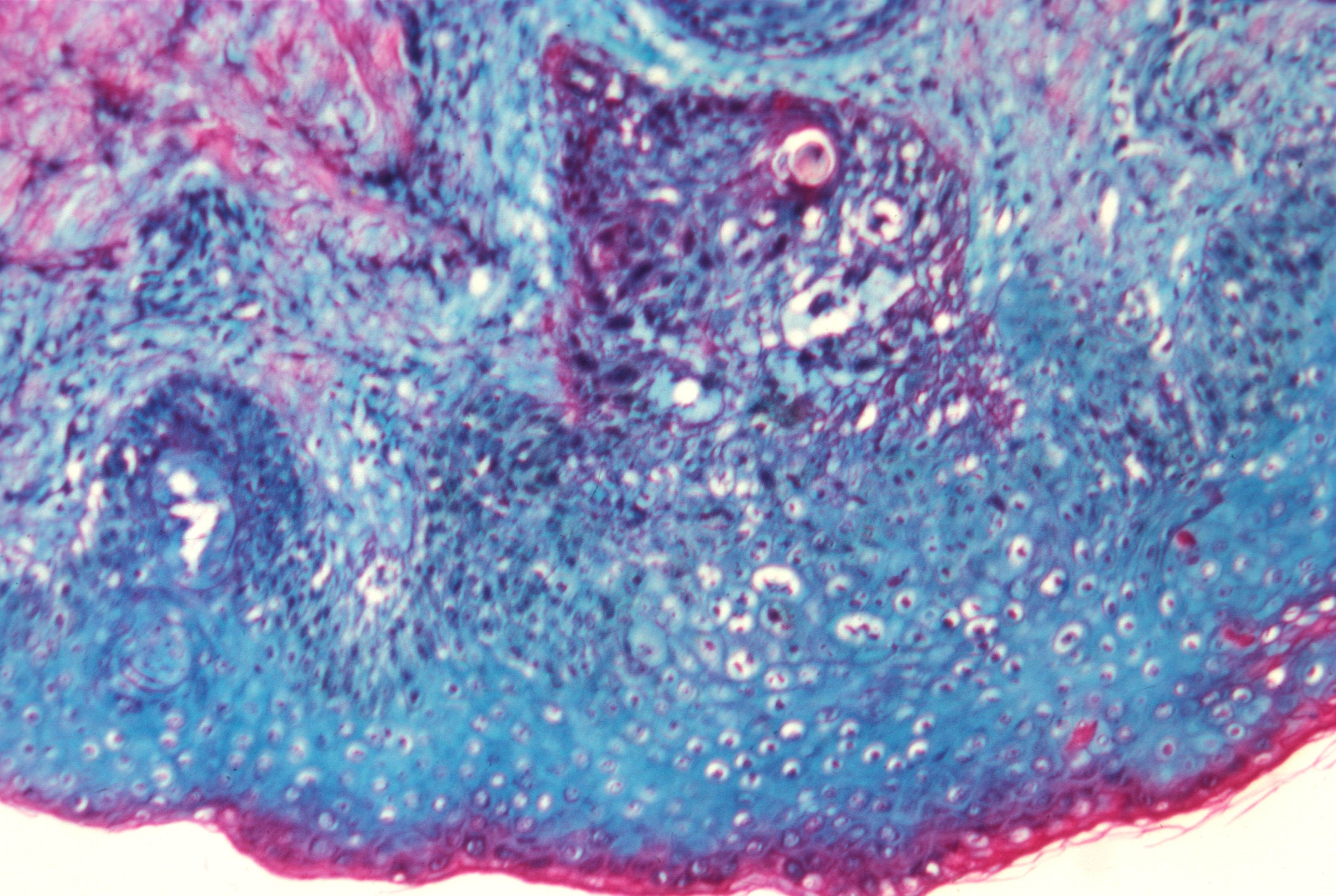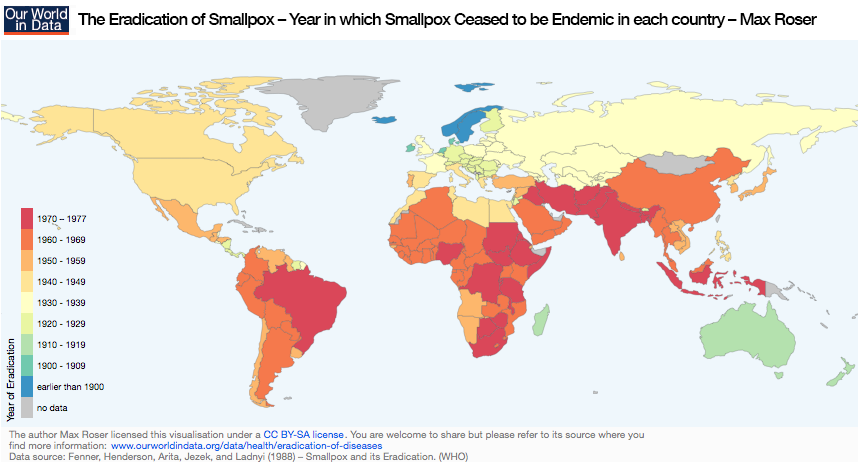Smallpox, also known by its scientific name Variola, was one of the most devastating diseases in human history. The World Health Organization (WHO) declared it eradicated in 1980, marking a monumental achievement in global public health. This article explores the causes, symptoms, transmission, and eventual eradication of this once-feared disease.


What is Smallpox?
Smallpox is a highly contagious and often fatal infectious disease caused by the variola virus. It has plagued humanity for thousands of years, with evidence of its existence dating back to ancient civilizations. The disease earned its name due to the small, pus-filled blisters that appear on the skin of infected individuals. Unlike many other diseases, smallpox leaves survivors with lifelong immunity, but at a significant cost—many victims suffered from disfiguring scars or even blindness.
Causes of Smallpox
The primary cause of smallpox is infection with the variola virus. This virus belongs to the Orthopoxvirus genus, which includes other related viruses such as cowpox and monkeypox. The variola virus exists in two main forms:
- Variola major: This form is more severe and has a higher mortality rate, often killing about 30 percent of those infected.
- Variola minor: This form is less severe and has a lower mortality rate, typically around 1 percent.
The virus primarily spreads through direct contact with infected individuals or contaminated objects. Once inside the body, the virus multiplies in the lymph nodes and eventually spreads to the bloodstream, leading to systemic infection.
Symptoms of Smallpox
The symptoms of smallpox typically appear within 7 to 17 days after exposure to the virus. The progression of the disease can be divided into several stages:
Incubation Period
During the incubation period, the infected person does not show any visible symptoms. However, the virus is actively replicating within the body. This stage lasts for approximately 7 to 17 days.
Initial Symptoms
After the incubation period, the first symptoms begin to appear. These include:
- High fever
- Severe headache
- Body aches
- Fatigue
- Vomiting
These initial symptoms are often mistaken for other common illnesses like the flu, making early diagnosis challenging.
Rash Stage
Within a few days of the onset of initial symptoms, a characteristic rash develops. The rash begins as small red spots on the tongue and mouth, which quickly turn into sores. These sores release large amounts of virus into the saliva, increasing the risk of transmission. The rash then spreads to the face, arms, legs, and eventually the entire body. Over time, the spots evolve into raised bumps filled with clear fluid, which later turn into pus-filled blisters.
Scabbing and Recovery
About 8 to 9 days after the rash appears, the blisters begin to scab over. These scabs eventually fall off, leaving deep scars. For those who survive, recovery can take several weeks. Survivors are often left with permanent scars, and some may experience long-term complications such as blindness.
Transmission of Smallpox
Smallpox is highly contagious and spreads through several means:
Direct Contact
The most common mode of transmission is direct contact with an infected person. The virus can spread through respiratory droplets when an infected individual coughs, sneezes, or talks. Prolonged face-to-face contact increases the risk of transmission.
Contaminated Objects
The virus can also spread through contact with contaminated objects, such as clothing, bedding, or other personal items used by an infected person. This type of transmission is known as fomite transmission.
Airborne Transmission
In rare cases, smallpox can spread through airborne particles, especially in enclosed spaces. This mode of transmission poses a significant risk in crowded environments, such as hospitals or households.
Eradication of Smallpox
The eradication of smallpox stands as one of the greatest achievements in modern medicine. This success was made possible through a combination of scientific advancements, international cooperation, and widespread vaccination campaigns.
Discovery of Vaccination
The journey toward eradicating smallpox began in the late 18th century when Edward Jenner discovered that exposure to cowpox could provide immunity against smallpox. Jenner’s work laid the foundation for the development of vaccines, which became a critical tool in combating the disease.
Global Vaccination Campaigns
In the mid-20th century, the World Health Organization launched a global campaign to eradicate smallpox. The strategy involved mass vaccination programs, particularly in regions where the disease was still endemic. Healthcare workers traveled to remote areas to administer vaccines and educate communities about the importance of immunization.
Surveillance and Containment
In addition to vaccination, the campaign relied heavily on surveillance and containment strategies. Public health officials identified outbreaks quickly and isolated infected individuals to prevent further spread. Ring vaccination, a technique where people in close contact with an infected person were vaccinated, proved highly effective in breaking the chain of transmission.
Declaration of Eradication
By the late 1970s, smallpox had been eliminated from all countries. On May 8, 1980, the World Health Assembly officially declared smallpox eradicated, marking the first time a disease had been completely wiped out through human effort.
Lessons Learned from Smallpox Eradication
The successful eradication of smallpox offers valuable lessons for addressing other infectious diseases. Key takeaways include:
- The importance of global collaboration in tackling public health challenges.
- The effectiveness of vaccines in preventing and controlling infectious diseases.
- The role of surveillance and rapid response in containing outbreaks.
While smallpox no longer poses a threat to humanity, the knowledge gained from its eradication continues to inform efforts to combat diseases like polio, measles, and emerging viral threats.





